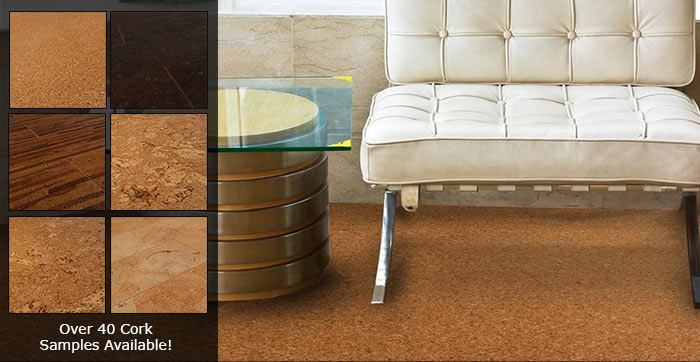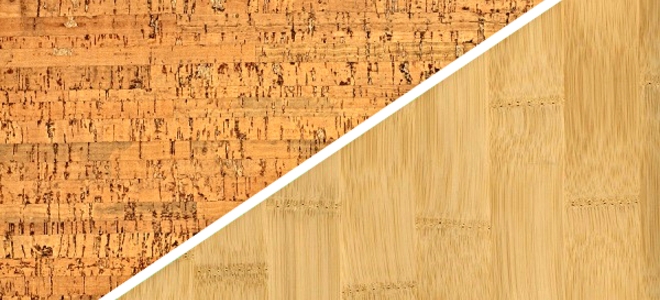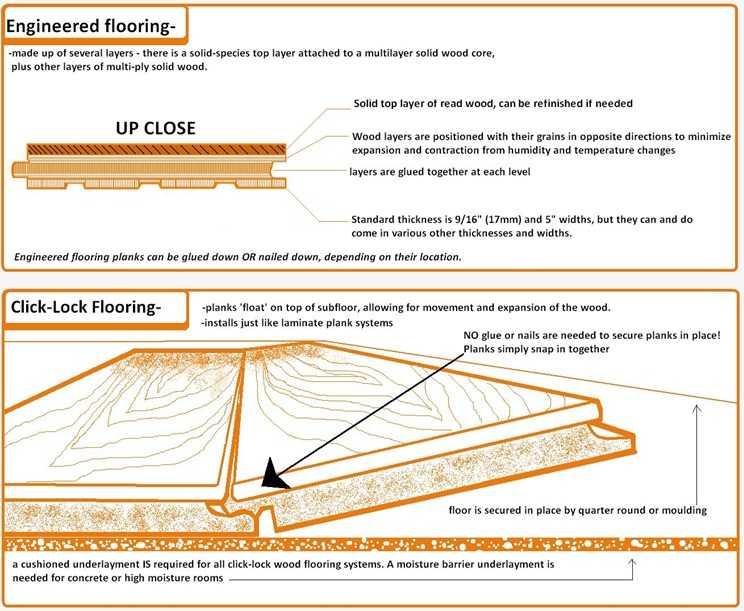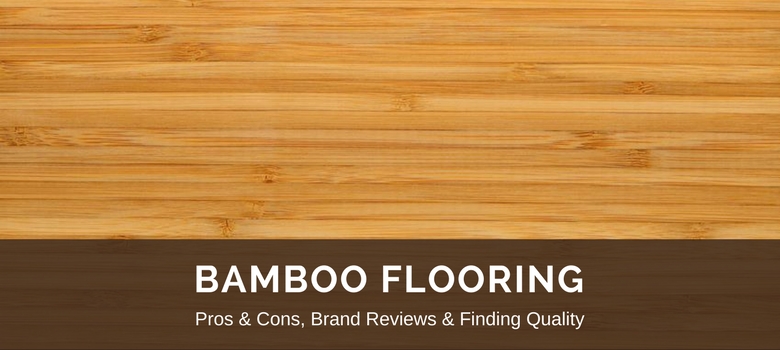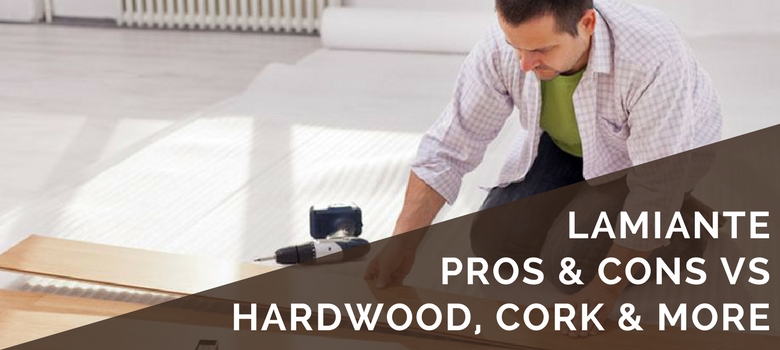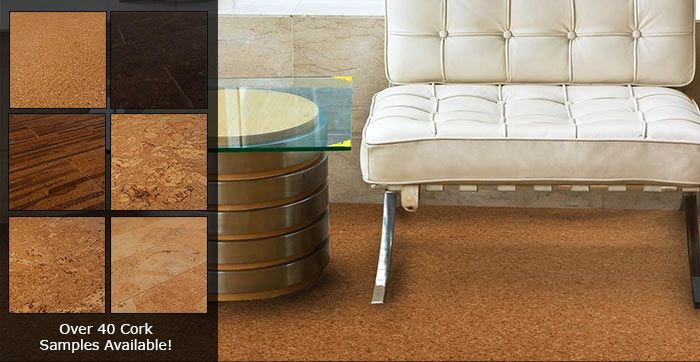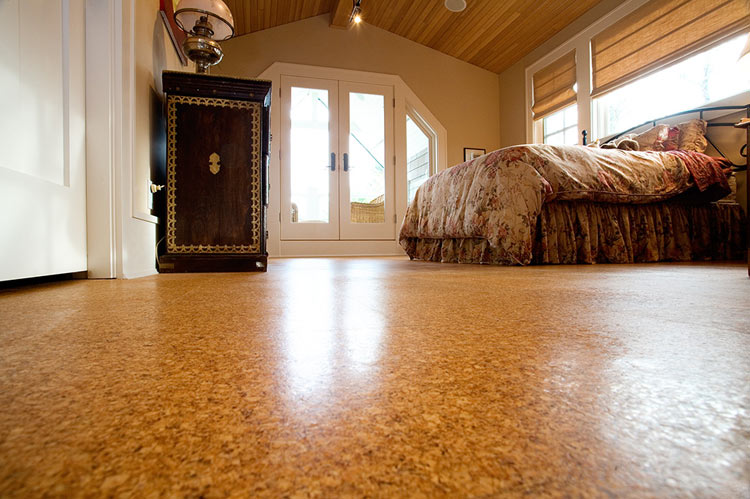When it comes to your home design, every function has to offer two things: form and function. This also includes the floors of your house. Your floors have to be durable and long-lasting, as they absorb a lot of weight from both furniture and pedestrian traffic. However, aesthetics are also important, as the look helps the floor to complement the rest of the house design.
While many homeowners opt for more traditional flooring such as wood, there are numerous different floorings available, including tiles and vinyl. However, two floor-like floor coverings have become increasingly popular in recent years: bamboo and cork.
Both bamboo and cork have a number of advantages and disadvantages. The following overview of the advantages and disadvantages of bamboo and cork should help you decide between the two.
Cork floor
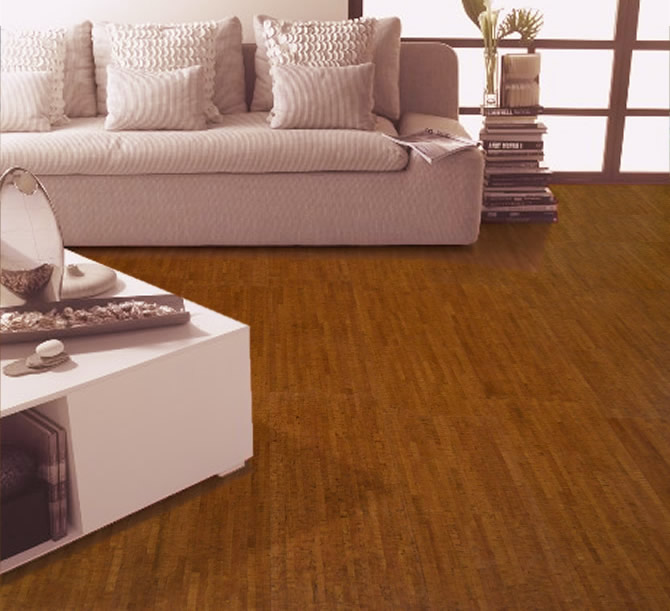
Many people think of wine corks or billboards when they think of cork, but cork is also an excellent floor material. One advantage of using cork is its sustainability. Cork comes from cork oaks; However, the trees are not felled to preserve the cork material. Instead, the material comes from the bark of the tree. This means that the bark can be pulled off the tree without damaging the tree itself. Cork also acts as a great insulator. It is a very dense material, which means that it is very durable and can withstand heavy pedestrian traffic. Although it is very dense, it is also soft, which makes it incredibly comfortable to walk on.
Although cork is relatively easy to care for, it should be protected from heat, moisture and sunlight to ensure the longest possible service life. Cork is available in a large selection of textures and patterns and can be laid both in tile form and as panels. The only downside to using cork flooring is that the material must be sealed to protect it from moisture and damage. It can also be a little difficult to install and repair if it is damaged. This can be a problem because cork is prone to scratches.
Bamboo floor
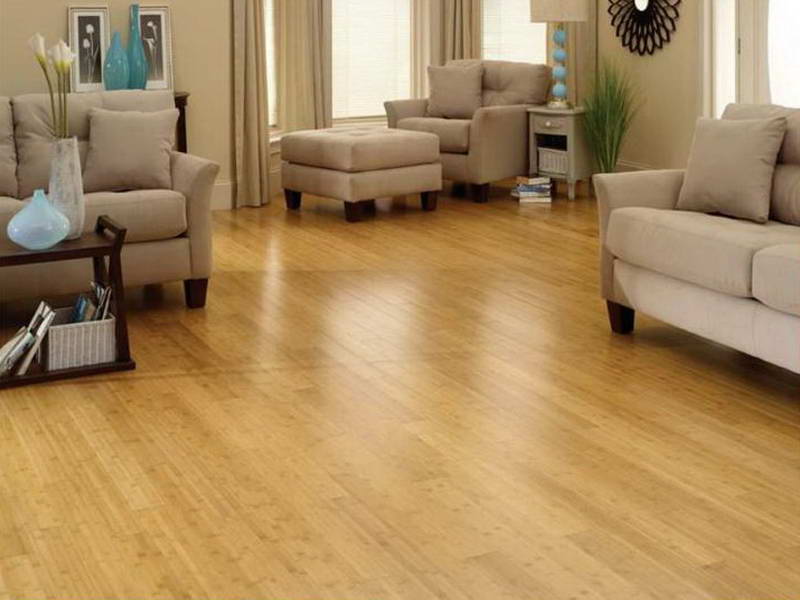
Bamboo floors give the house a beautiful natural look. Like cork, bamboo is completely sustainable. This is because bamboo is actually a grass. As grass, bamboo can grow several feet a day, which means that after it is cut down, it doesn't take long to be replaced. Bamboo is also easily grown around the world. This not only makes bamboo an environmentally friendly option, but is often a much cheaper option due to its immediate availability. Hardened bamboo is also very durable, which is why it is often used in high-traffic areas such as the kitchen. Bamboo is also scratch-resistant. Cleaning bamboo floors is incredibly easy and only requires wiping or vacuuming.
Unlike hardwood, bamboo does not expand or contract when the humidity changes. In fact, bamboo fibers do not swell at all when exposed to moisture. The only real downside to bamboo floors is the fact that manufacturers' standards can vary widely, and bamboo can get stains without sealing. Bamboo is also known to be relatively easy to install, and repairs are rarely required.
Conclusion
Is bamboo or cork a better flooring option? It's hard for everyone to tell which is better because, as you can see, both have several advantages and disadvantages, and many of them are similar between the two materials. So it really comes down to personal preference when it comes to choosing between these two materials. Both bamboo and cork are nice, environmentally friendly options. However, bamboo tends to be cheaper and more durable, even if it is only a short distance away.
About the author
Nicole advises and informs about the best flooring for at home. She recommends Bamboozle for great environmentally friendly flooring.
